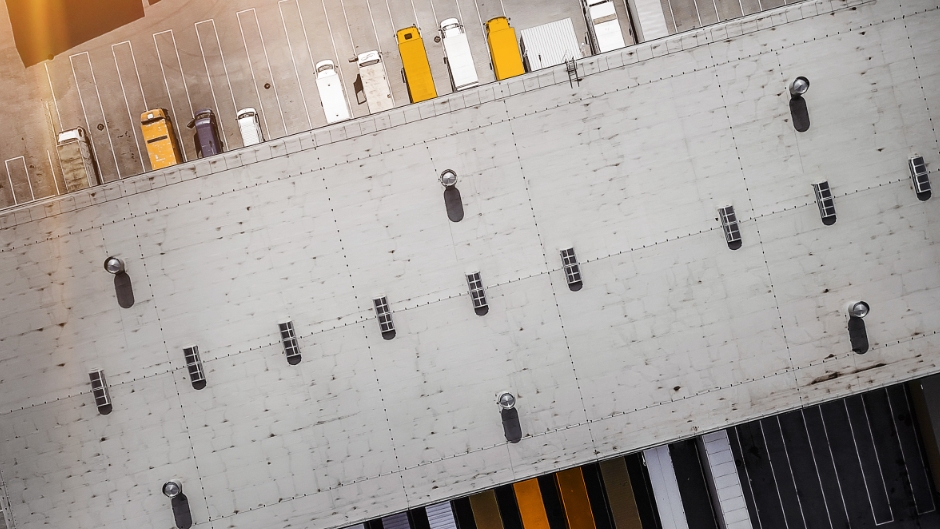#Tyre Awareness
Inspecting a tyre
Part 4

Tyre health – just like our own health – should be taken very seriously. That’s why it’s vital that you’re aware of what to look for when a tyre has begun deteriorating.
We’ve made an easy-to-follow video tutorial that will help you to spot tell-tale signs of tyre damage.
Before getting in
It’s the responsibility of both the site technician and the driver to carry out a walkaround tyre inspection before taking the wheel for the day.
First, inspect the sidewalls of each tyre for damage. If your tyres are scuffed, it could be down to the way the truck’s being driven. You must be able to read the writing on at least one sidewall of each tyre for them to be legal. If the writing is not legible, this should be reported immediately, and the vehicle must not be driven until the tyre is replaced.
Make sure to check for different bulges, too. A vertical bulge on one side is a result of an impact fracture, meaning that the tyre must be replaced. A diagonal bulge on both sides means the tyre can still be used. However, a qualified technician must make the call on this type of bulge.
More than meets the eye
Some imperfections may be harder to see, so it’s important that you take the time to look at each wheel closely. You might see a nail. If this hasn’t penetrated the casing and doesn’t cause a leak when it’s removed, the tyre can stay in service.
Examine whether the tyre bead is properly seated. There is a fitting line which is a good guide to whether the tyre bead is positioned correctly. Have a look at the wheel rim too. A rim in poor condition can damage the tyre bead.
Next, look at the wheels. Ask yourself these questions: Are all the wheel nuts present? Do the wheel nut indicators move? They shouldn’t. And is the wheel damaged in any way?
If you’ve got twinned tyres, your tyre technician should inspect these carefully. Both twins should have the same pressure, size, and ideally tread pattern. And they must have valve extensions. Twinned tyres can also get debris wedged between them. Never attempt to remove this when the tyres are fully inflated. Deflate the tyre, remove any debris, and then carefully check the sidewall for damage.
Treading carefully
It’s best practice to have no more than a 4mm difference in tread depth across the twinned axle. If one tyre does have significantly more tread than its twin, it’ll be taking more of the strain, and could suffer premature wear or even damage to its casing.
To effectively manage tyre wear, Continental suggests relocating tyres. This may be appropriate if a pair of twinned tyres suffer flat spots. You can move one of the flat-spotted tyres through 180 degrees on the wheel. You might also want to swap faster-wearing steer with lower-wearing lift tyres.
Remember to consult the sidewall tyre labelling for suitability when relocating tyres. And finally, check that the tyres are the same size for each axle. If tyres aren’t to their original spec, it can create problems with the tachograph and vehicle height, meaning that the vehicle doesn’t conform to its required plated axle weight.
